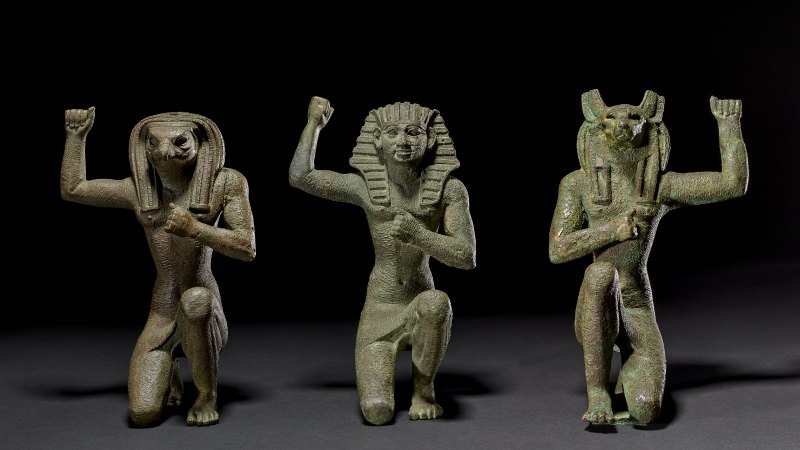Add articles to your saved list and come back to them any time. Until the Eiffel Tower came along in 1889, the Great Pyramid of Giza, built by the Pharaoh Khufu (c.2600 BCE), was the tallest building on earth.
Not many world records have stood for 4000 years, and no great civilisation lasted so long as pharaonic Egypt. It began with the reign of Narmer (c. 3000 BCE), the first ruler to unify the upper and lower halves of the country, and finished with Cleopatra (51–30 BCE), a legendary figure of the ancient world.

I know some will argue there have been 65,000 years of Aboriginal civilisation or even 5000 years of the Chinese variety, but there is no credible comparison. What makes Ancient Egypt unique is the power and longevity of the pharaonic system, which withstood multiple invasions, occupations, uprisings and rebellions, transforming every antagonist into another version of itself. Even Alexander the Great, who conquered Egypt in 332 BCE, would fall under its spell.
The young Macedonian strongman paid homage to the country’s gods and shrines and was regularly depicted in the traditional costume of an Egyptian ruler. In Pharaoh , at the National Gallery of Victoria, there’s a sandstone tablet showing an Egyptianised Alexander worshipping a sacred bull. A gigantic head presumed to be that of the Egyptian Pharoah Amenemhat III, who reigned in the 12th dynasty.
Credit: © The Trustees of the British Museum By now, we should be accustomed to the commitment the NGV bring.























